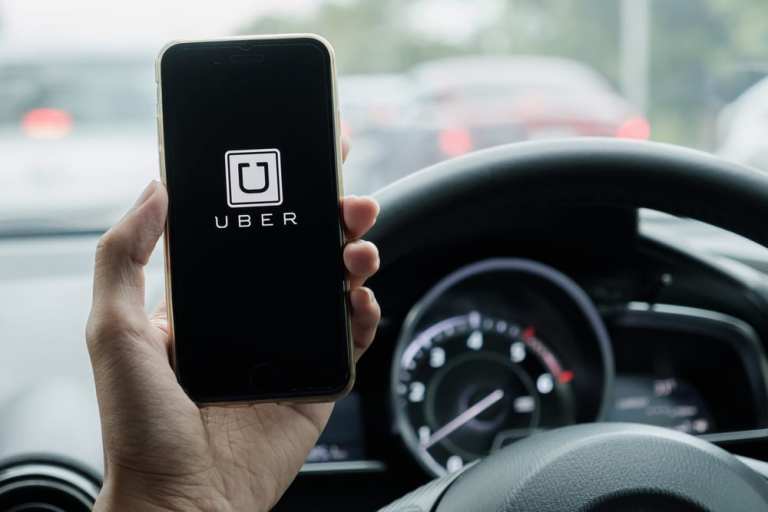Uber Ridership Rising, But Profitability Still Lacking As It Approaches IPO

In the run-up to its IPO later this year, Uber put up a mixed bag in terms of numbers for the last quarter of 2018. Ridership was on the incline and Uber reported $50 billion in total bookings for ridesharing and food delivery for the final quarter of the year. But revenue growth clocked in at only 2 percent between Q3 and Q4 — leading some investors to question the ridesharing firm’s future prospects for profitability in the future.
By the numbers, Uber brought in $11.3 billion — a 43 percent increase from the same time last year. Losses came in at $1.8 billion, which is an improvement over the $2.2 billion in losses reported at the same time in 2017. Uber’s revenue in the fourth quarter reached $3 billion, up 2 percent from the third quarter and a 24 percent increase over the previous year.
Among results Uber was particularly looking to highlight was its growth in ridership — noting that between Q4 2017 and Q4 2018, bookings popped up 45 percent.
“Last year was our strongest yet, and Q4 set another record,” Uber Chief Financial Officer Nelson Chai said in a statement.
Gross bookings were also up — 11 percent to $14.2 billion. That double-digit increase was reportedly particularly important to watchers, as growth in gross bookings had stalled in the single digits for all of 2018 prior to Q4.
Uber also highlighted the performance of Uber Eats — which now accounts for more than $2.5 billion in bookings quarterly, according to reports.
The challenge for Uber going forward, David Brophy, professor of finance at the University of Michigan’s Ross School of Business, told Reuters, is its losses — which remain incredibly large. This, he noted, gives investors pause around whether or not Uber will ever be able to stop subsidizing some markets enough that it can actually put the firm in the black.
“Uber needs to show it can control costs and can make money, basically provide a strong argument that its business model is not broken and that it can achieve and sustain profitability despite issues with drivers, customers and politicians.”
Uber, post earnings release, was upbeat on its prospects for the most part — and promoting a rather expansive view of the future:
“In 2018, our ridesharing business maintained category leadership in all regions we serve, Uber Freight gained exciting traction in the US, JUMP e-bikes and e-scooters are on the road in over a dozen cities, and we believe Uber Eats became the largest online food delivery business outside of China, based on gross bookings.”